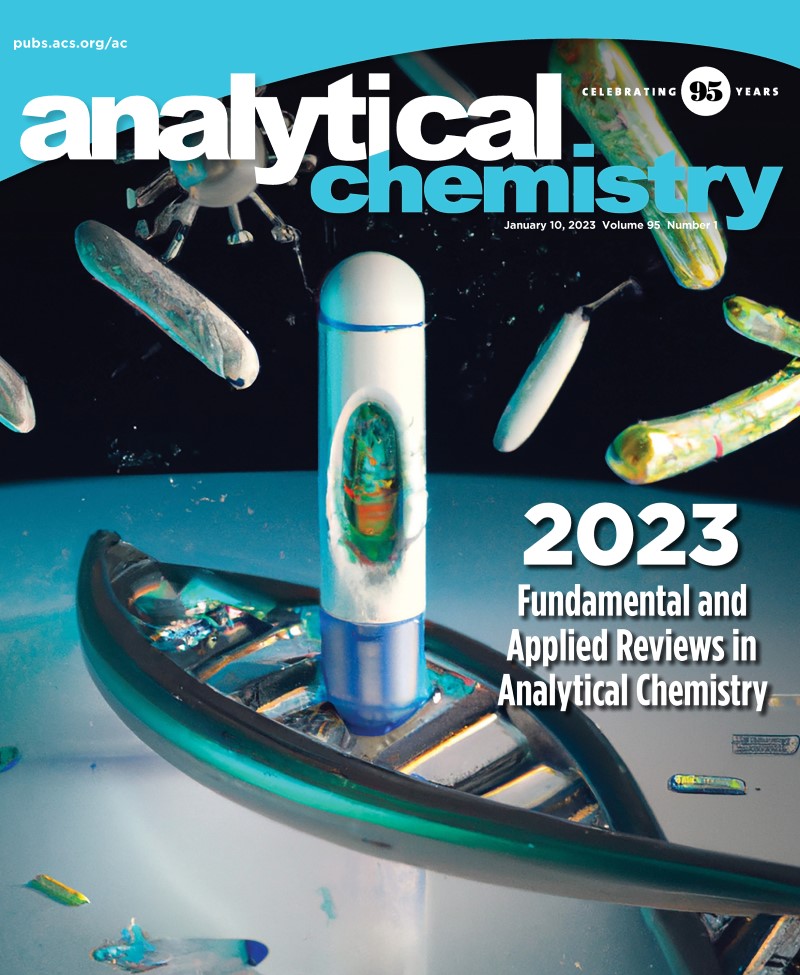Thursday, 19 January 2023
New trends in diagnostics: integrating molecular tests and lateral flow assays for fast and precise results
Members of the ICN2 Nanobioelectronics and Biosensors Group and its spin-off company Paperdrop Diagnostics discuss new developments in PCR assays and antigen rapid tests aimed at combining the advantages of both techniques. This review has been published is a special issue of ‘Analytical Chemistry’ and featured on the cover.

The diagnosis of infectious diseases currently relies mainly on the PCR (polymerase chain reaction) assay and on antigen rapid tests. The PCR is highly sensitive and specific, but expensive equipment and qualified personnel are required to perform it; in addition, the method itself needs a long processing time. These characteristics make it unsuitable for point-of-care applications, quick and frequent tests, and use in environments with limited resources. On the other hand, antigen rapid tests are faster, cheaper, portable, easy-to-use, and do not require instrumentation or batteries, nor expert staff to be performed. Their limitation, however, is insufficient sensitivity.
Driven by the impact of the COVID-19 pandemic, researchers and pharmaceutical companies are working to develop new alternative techniques that can overcome these weaknesses and, possibly, combine the positive aspects of both methods. A review paper recently published in Analytical Chemistry, a prestigious journal celebrating this year its 95th anniversary, provides an overview of the different directions in which these developments are moving.
The authors –Ana Rubio-Monterde, Dr Daniel Quesada-González and ICREA Prof. Arben Merkoçi, from the ICN2 Nanobioelectronics and Biosensors Group and its spin-off company Paperdrop Diagnostics– first explain the working principle and the advantages and drawbacks of both PCR (and other nucleic acid amplification techniques, or NAATs) and antigen rapid tests – focusing specifically on the paper-based lateral flow assays (LFA), which are the most common ones. Then, they introduce and discuss various isothermal amplification methods and how, by eliminating the need for thermal cycling and, thus, for energy-demanding equipment, they can strongly impact the applicability of PCR and other analogous techniques.
Finally, the review covers new trends in the field, presenting in particular attempts of combining the advantages of the two families of tests (antigen rapid tests and NAATs), by using lateral flow assays as readout technology for nucleic acid tests, as well as the role that different nanomaterials can play in improving LFA platforms. Information is also provided on the devices already on the market for each solution.
This review is part of a Special Issue of Analytical Chemistry, called "Fundamental and Applied Reviews in Analytical Chemistry 2023” and has been highlighted on the cover.
Image: Molecular lateral flow tests as the future tool for diagnostics all around the world [Ana Rubio-Monterde].
Reference article:
Ana Rubio-Monterde, Daniel Quesada-González, and Arben Merkoçi, Toward Integrated Molecular Lateral Flow Diagnostic Tests Using Advanced Micro- and Nanotechnology. Analytical Chemistry 2023, 95, 1, 468–489. DOI: 10.1021/acs.analchem.2c04529

